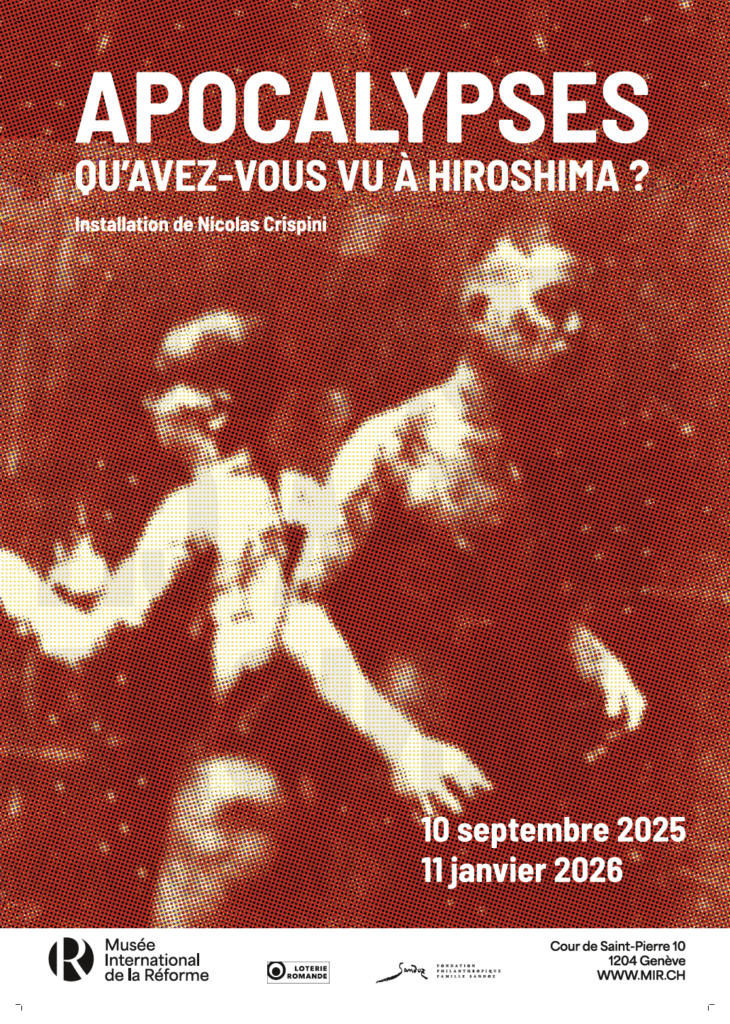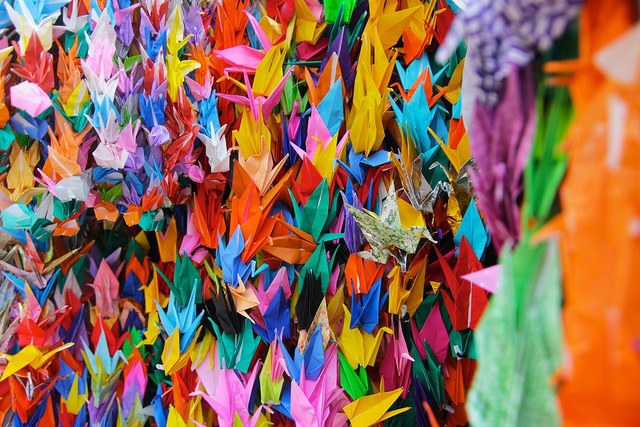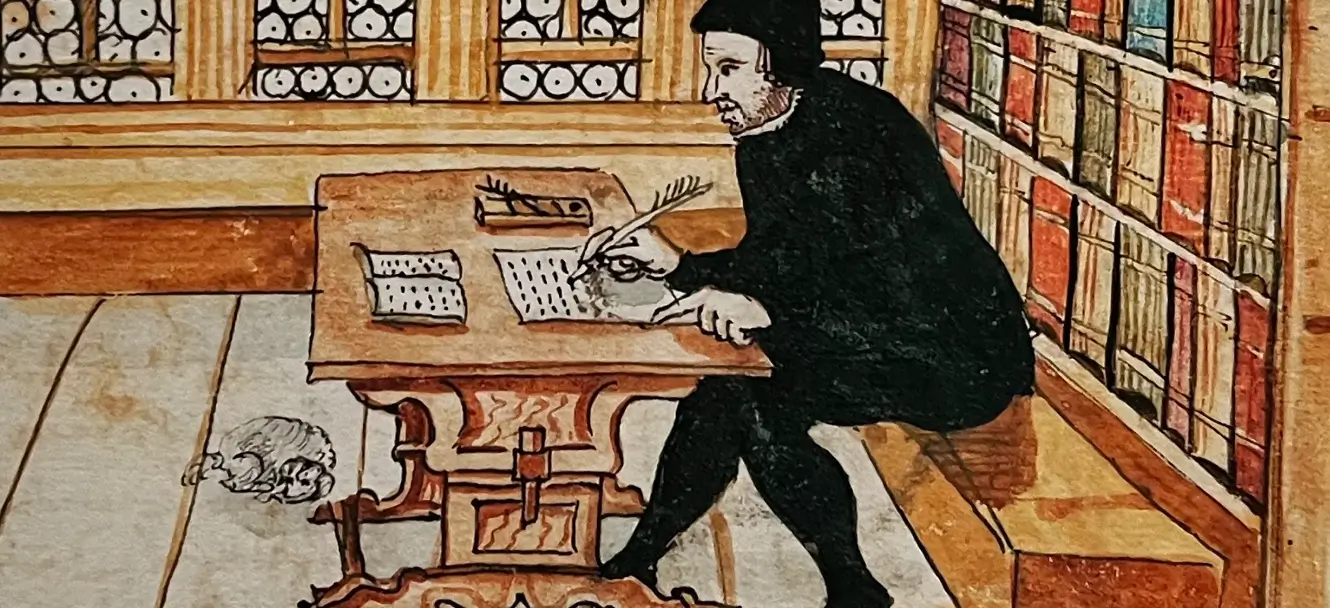Apocalypses. What did you see in Hiroshima ?

80 years after the atomic bombings of Hiroshima and Nagasaki, have we truly grasped the magnitude of this event? Brought together by Geneva-based photographer and artist Nicolas Crispini, this exhibition explores both the firsthand experience and the legacy of the bombings through various forms of installations: Testimonies, photographs, films, books, objects, sounds and interviews. The exhibition is framed around the theme of nuclear apocalypse, which threatens to extinguish all life on Earth. Many prominent figures are featured throughout the exhibition, including the renowned Protestant Albert Schweitzer, who provide us with reminders of this ever present danger.
The exhibition offers multiple perspectives and experiences: Hiroshima and Nagasaki devastated by the bomb, missing or mutilated bodies, testimonies from survivors, and maps of nuclear tests an accidents since 1945.
It also highlights the rise of military nuclear power by the victors of World War II: signed photographs from the crews of the bombers on August 6 and 9, 1945; the bomb’s theme echoed in clothing, toys, comics, and songs; and even the election in the USA of the most beautiful “Miss Atomic Bomb.”
Dust
Three installations on the ground floor contain possible dust remnants from atomic tests conducted by France in the Algerian Sahara between 1960 and 1966. The Apocalypse is among us—both biblical and nuclear in heritage. There is a “before” and “after” Hiroshima. The images of disaster foretell a world that could end in dust.
Blind Shadows
In Hiroshima, individuals completely consumed by the bomb left behind only their silhouettes on the ground or walls. More tangible are the burns, blindness, and suffering endured by survivors of August 1945. Who immortalises them? Mostly Japanese people…
Can We Still Look Up at the Sky?
On August 6, 1945, at 8:15 a.m., Dr. Michihiko Hachiya observed the sky overHiroshima as it suddenly tore apart: a flash, followed by an explosion and a wave of impossible heat, left him for dead in the ruins of his home. He survived and wrote a journal over the following 55 days. Nineteen excerpts are available for visitors to listen to.
Atlas 235
Games, clothing, comics, films, music, literature, postage stamps, signed photographs—the atomic bomb sells. The economy benefits, as does the image of this “clean” weapon, according to the terminology of the victors of World War II. Examples include bikinis, build-your-own miniature bombs, or a memory game with 16 pairs of atomic mushroom clouds.
What Did You See?
Thirteen atomic bomb survivors recount their personal experiences of August 6, 1945, and the days that followed, interviewed by Nicolas Crispini. The installation continues with thirteen aerial landscapes mapping global nuclear tests or accidents from 1945 to the present day.

I make a bird for peace
On 21 September 2025, the International Museum of the Reformation joins the International Day of Pe...
RegistrationAll events






 Google Analytics & Pixel Facebook
Google Analytics & Pixel Facebook
